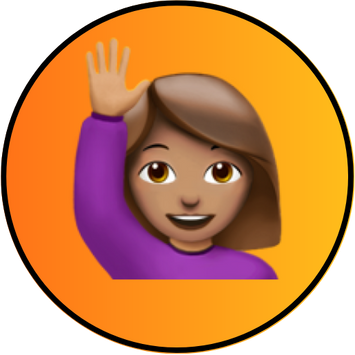Decoding Confusing UX Job Descriptions: Navigating the Labyrinth
What’s up everybody? Welcome to UX Design Q&A. This is Joe from Bite Size here and we got a great question from Amy. If you’ve ever scoured the job market for a UX design role or stumbled upon perplexing job listings, you’re in good company. Today, we’re dissecting the notorious conundrum of cryptic UX job titles and descriptions.
The Mystery of UX Job Titles
Let’s start by acknowledging the sheer plethora of UX job titles floating around out there. Product Designer, Interaction Designer, UX/UI Designer – these monikers come in countless variations. If you’ve ever stumbled upon an article like “11 Popular UX Job Roles and Titles Explained,” you might feel a twinge of unease. Isn’t it time we simplified this madness?
In reality, many of these titles are essentially interchangeable. While niche roles like UX Researcher or Animation Designer bear specific meanings, the core titles tend to blend together. A Product Designer and a UX Designer share more similarities than differences, especially when scrutinizing job listings. Typically, discrepancies in usage arise only within a company’s internal jargon.
Outdated Tools and Confused Descriptions
One prevailing issue in many UX job descriptions is the inclusion of outdated tools or techniques. Take, for instance, the demand for HTML5, CSS, and jQuery skills. These once-relevant skills have become relics in the age of advanced prototyping tools like Figma and Proto.io. Often, this discrepancy arises due to outdated listings that haven’t kept pace with industry evolution.
It’s a tad perplexing when a job description demands skills that seemingly belong to a bygone era. Rather than offering clarity, such descriptions make us question the relevance of these demands. The reality is that newer and more efficient tools exist to accomplish the same tasks, rendering these outdated skills obsolete.
The All-in-One Job Description Dilemma
Perhaps the grandest source of confusion stems from those all-encompassing job descriptions that they demand the impossible. These descriptions read like a designer’s version of multitasking madness – polished prototypes, research, testing, and even front-end development prowess rolled into one. It’s as if the hiring entity expects a superhero rather than a human designer.
This confusion arises mainly due to a lack of clarity on the company’s part. Either the job poster doesn’t precisely comprehend the skills they need or they attempt to cram every conceivable responsibility into a single description. The result? An overwhelming job listing that reads like a laundry list of skills, causing more bewilderment than enlightenment.
Breaking Through the Fog: Navigating the Job Jungle
Don’t worry, there are ways to navigate this maze of muddled job descriptions. One effective tactic is to seek clarification directly. When a job listing demands specific tools or skills, reach out and inquire how these elements are integrated into the daily workflow. For instance, you could ask:
“I noticed your job listing requires experience with bootstrap and front-end skills. Could you elaborate on how your designers use these tools in their day-to-day work?”
This question not only extracts vital information but also showcases your proactive approach in aligning your skills with the company’s needs. Moreover, it’s a question you can pose during a brief screener call, demonstrating your interest and establishing rapport.
In Conclusion
Embarking on the journey of deciphering UX job descriptions can be daunting, but armed with the right perspective, you can unveil their hidden meanings. Remember, the jargon-heavy lingo and overwhelming demands often stem from a lack of clarity on the company’s part. By reaching out for clarification and asking pertinent questions, you not only gain insight but also showcase your genuine interest.
So, approach the labyrinth of job listings with inquisitiveness, ask the right questions, and, above all, trust in your ability to navigate the path toward your ideal UX design role. Until next time, keep the curiosity alive, and happy job hunting!

